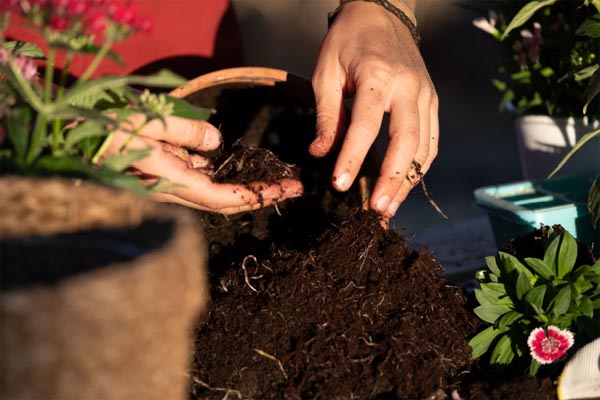Blogs
Application Rates:
Follow recommended application rates for each amendment based on your soil test results and the specific needs of your plants. Adding too much of certain amendments can have adverse effects on soil pH and nutrient levels.
Mixing:
Thoroughly mix amendments into the soil to ensure even distribution and incorporation. Use a garden fork or tiller to work the amendments into the top few inches of soil.
Mulching:
After amending the soil, apply a layer of organic mulch, such as straw or wood chips, to help conserve moisture and further improve soil structure over time.
Also Read This : Revive Your Dying Plant: The Miracle of Free Fertilizer That Sparks Blooms!







